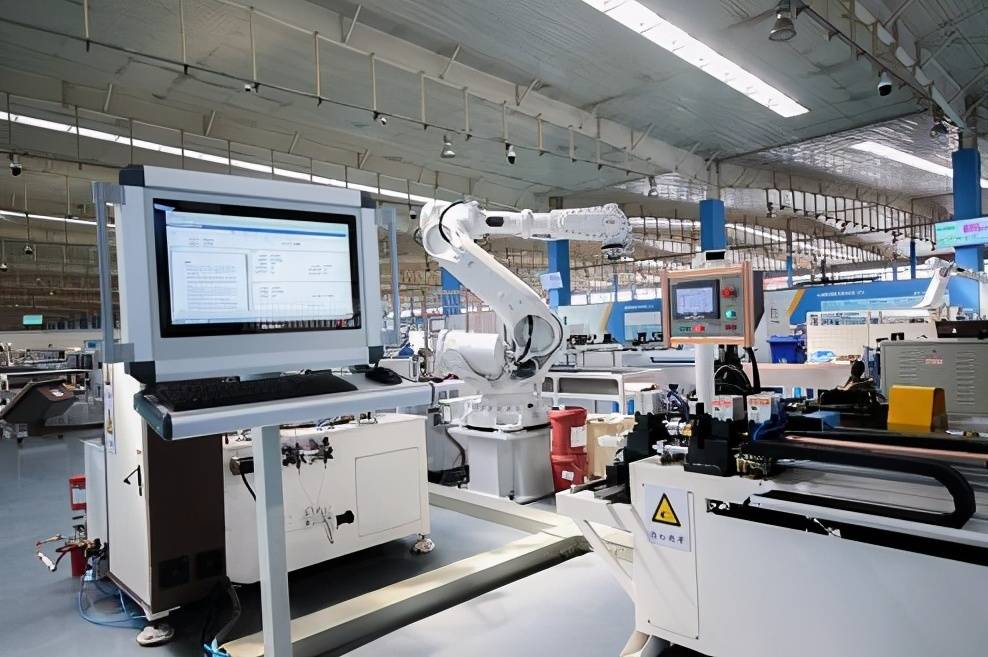Automation: How Electronic Chips Empower Industrial Systems
At the heart of any automated line is a controller that reads sensor inputs and drives actuators without delay. Microcontroller units (MCUs) embedded in programmable logic controllers (PLCs) execute ladder logic or structured text to start motors, open valves, or trigger alarms. These chips integrate high-speed timers, multiple I/O ports, and communication interfaces—such as Ethernet/IP or Modbus RTU—enabling coordinated control across dozens of devices in under a millisecond.

Motion Precision via Motor Driver ICs
Converting digital commands into smooth mechanical motion relies on motor driver chips. A brushless DC motor driver IC receives pulse-width modulated signals from the controller and regulates current through each coil phase. As the driver monitors back-EMF feedback, it adjusts PWM duty cycles to maintain torque and position accuracy. Thanks to built-in protection features—overcurrent shutdown and thermal sensing—these driver chips ensure safe, long-term operation in harsh factory environments.
Data Acquisition with Analog Front Ends
Industrial sensors often produce analog voltages or currents, such as 4–20 mA signals from flow meters or thermocouple voltages from temperature probes. An analog-front-end (AFE) chip amplifies and filters these signals before passing them to an analog-to-digital converter (ADC). By offering programmable gain and digital filtering, AFE modules deliver stable, high-resolution measurements that the controller relies on for process feedback and quality control.
Networking and Edge Intelligence
Automation systems span entire plants, requiring robust communication chips. Industrial Ethernet PHYs link PLCs to supervisory SCADA systems, while wireless modules support flexible layouts and mobile equipment. Edge-compute processors add another layer of capability by running machine-learning models locally—for example, detecting motor vibration patterns that predict bearing failure. By handling this analysis on site, chips reduce network load and accelerate maintenance alerts.
Safety and Redundancy
In safety-critical applications—such as automotive assembly—chips compliant with IEC 61508 or ISO 13849 provide hardware fault detection and fail-safe outputs. Dual-core lock-step microcontrollers compare parallel computations to detect errors instantly. If a discrepancy arises, safety chips force controlled shutdowns or switch to backup systems, protecting both personnel and machinery from harm.
Balancing Throughput, Power, and Footprint
Selecting the right chipset for automation involves trade-offs. While a high-performance MCU can handle more complex control algorithms, it may draw more power and require additional cooling. Compact AFEs streamline PCB layouts but might offer fewer input channels. Engineers compare datasheet metrics—processing speed, current consumption, package size, and ruggedness—to assemble a balanced set of chips that meets throughput targets without overloading power budgets.
Future Trends in Automation Electronics
Looking forward, system-on-chip (SoC) solutions will pack ARM cores, FPGAs, and real-time accelerators into single packages, shrinking controller cabinets. GaN-based power stages promise higher-efficiency motor drives and smaller heat sinks. And silicon photonics are emerging to transmit data between controllers and drives at gigabit rates with near-zero latency. As chips become more integrated and intelligent, factories will run faster, smarter, and with minimal human intervention.









